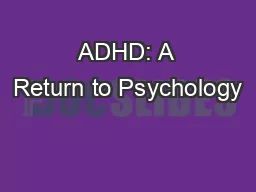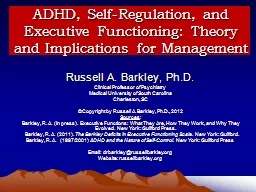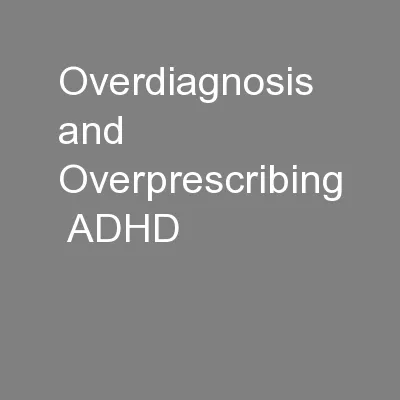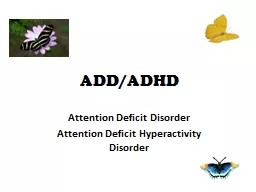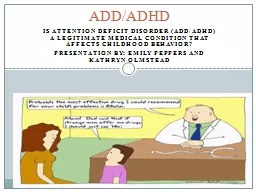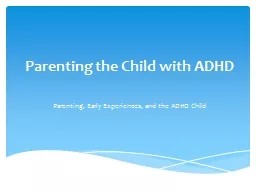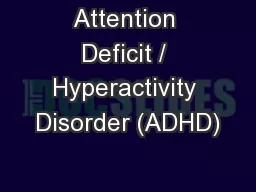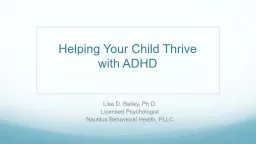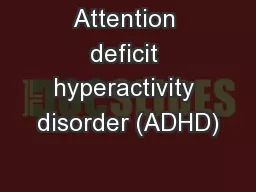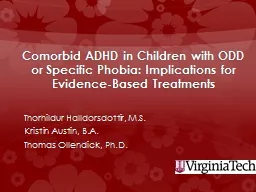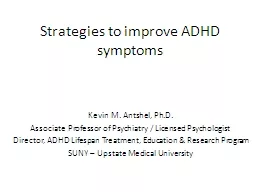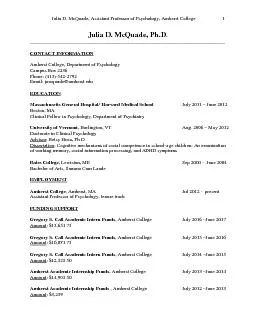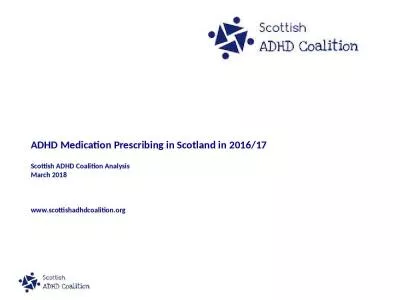PPT-ADHD: A Return to Psychology
Author : alida-meadow | Published Date : 2018-03-11
Craig Wiener EdD Assistant Professor University of Massachusetts Medical School Department of Family Medicine and Community Health Clinical Director Family
Presentation Embed Code
Download Presentation
Download Presentation The PPT/PDF document "ADHD: A Return to Psychology" is the property of its rightful owner. Permission is granted to download and print the materials on this website for personal, non-commercial use only, and to display it on your personal computer provided you do not modify the materials and that you retain all copyright notices contained in the materials. By downloading content from our website, you accept the terms of this agreement.
ADHD: A Return to Psychology: Transcript
Download Rules Of Document
"ADHD: A Return to Psychology"The content belongs to its owner. You may download and print it for personal use, without modification, and keep all copyright notices. By downloading, you agree to these terms.
Related Documents

